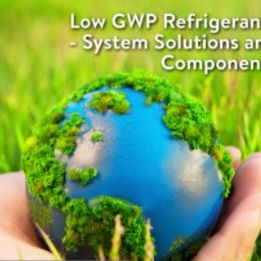Increasing need for cooling consumption and decarbonization
The global energy consumption from cooling will grow under the standard demand forecast to 9,500 TWh by 2050. There is an urgent need to decarbonise the cooling sector.
IEA technology report on ‘the Future of Cooling’ also concluded that ‘without action to address energy efficiency, energy demand for space cooling will be more than tripled by 2050.
Many countries have developed particular energy policies for decarbonising the cooling sector. For example, China has released the ‘Green and High-Efficiency Cooling Action Plan’ .


Interdisciplinary colaboration to overcome cooling challenges
The revolution of cooling technologies is an interdisciplinary challenge to overcome the intermittency of renewable energy, and the transportation of cooling energy from the generation side to the end-users.
The required technology acceleration and adoption both need fundamental innovations at the material level, and the related devices and systems level, so that they can flexibly ‘absorb’ renewable energy and/or waste heat, and then convert into cooling energy to meet end users’ timely demand.
The need for low GWP cooling technologies
Efficient and cost-effective cold storage capacity will need to be deployed to maximise the use of intermittent renewable energy and cheap off-peak electricity.
Thermally driven cooling technology is a promising alternative to use the solar thermal energy or low-grade waste heat (generally T < 90 °C) instead of electricity to drive the refrigeration cycle.
High Global Warming Potential (GWP) refrigerants will need to be substituted with natural refrigerants. There is an urgent need to develop low GWP cooling technologies.

Contact: Info@h2020cocool.com
European Commission Website: https://cordis.europa.eu/project/id/101007976
